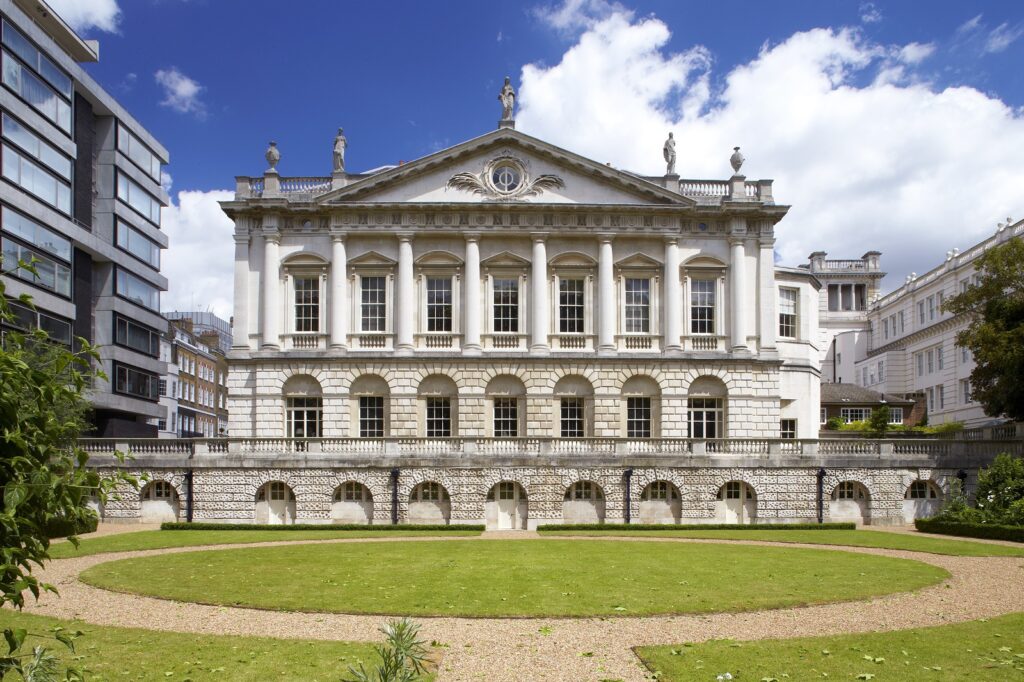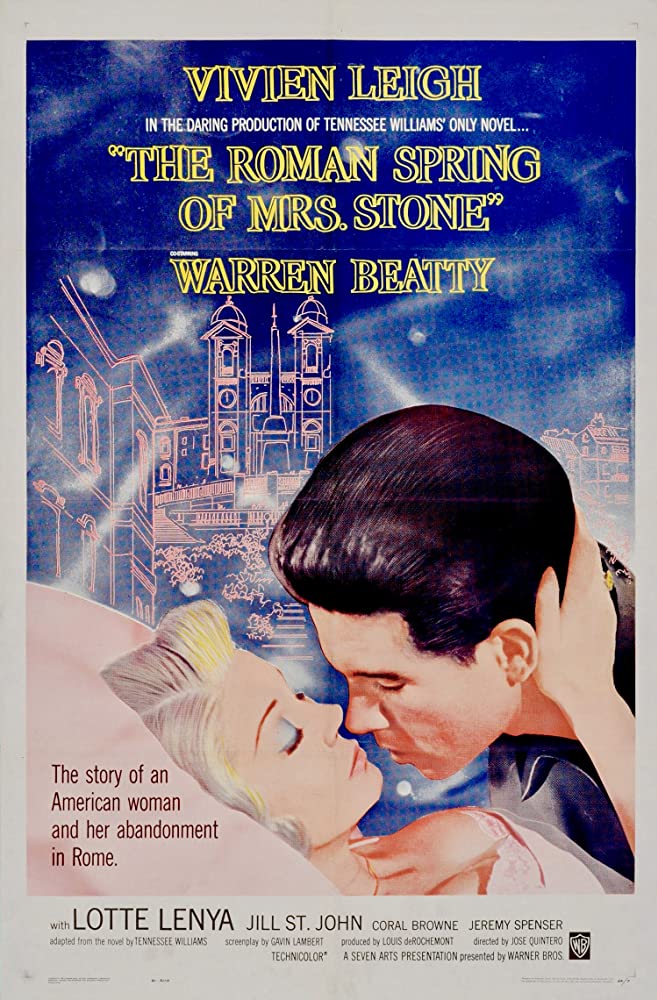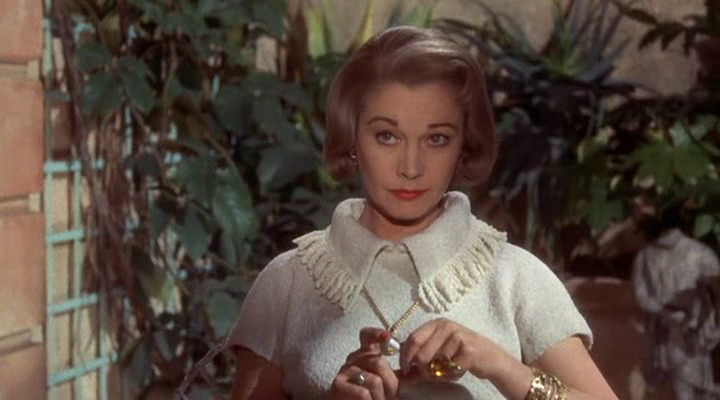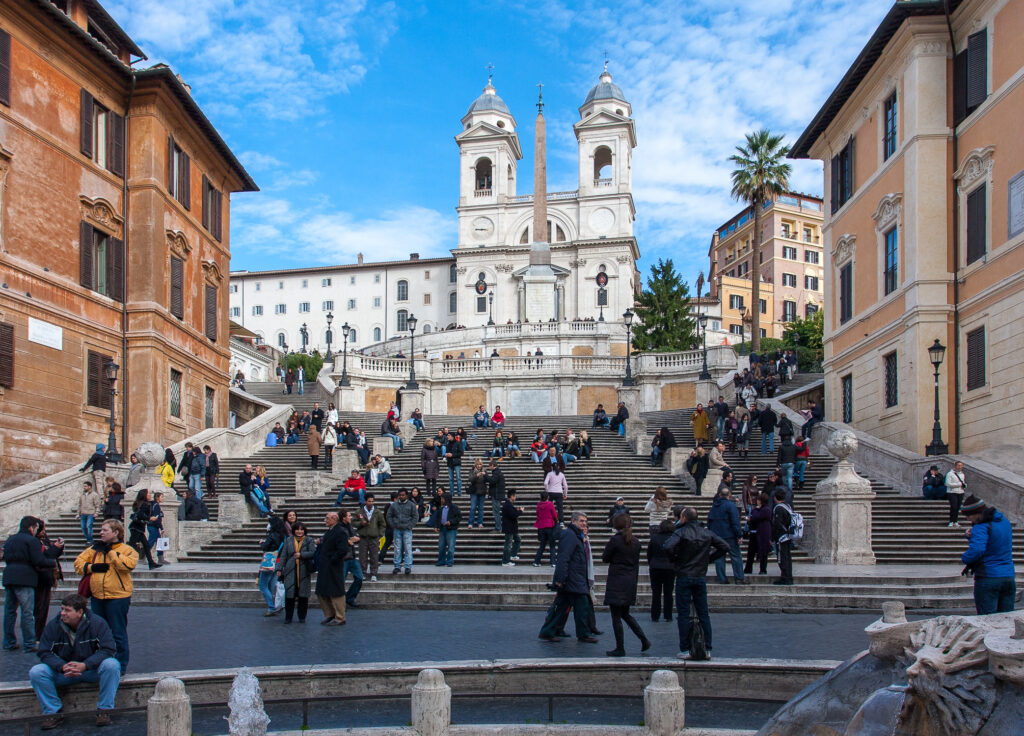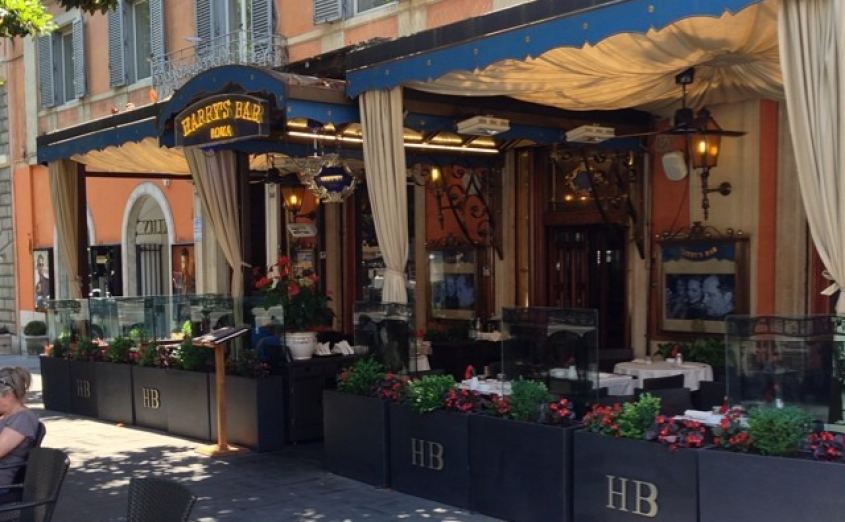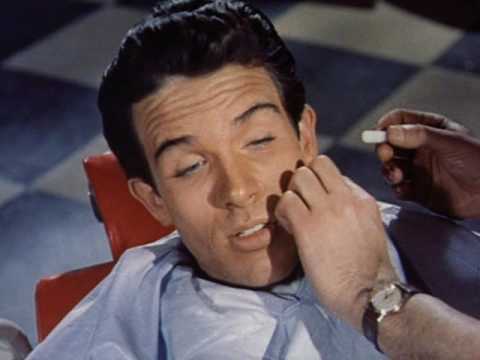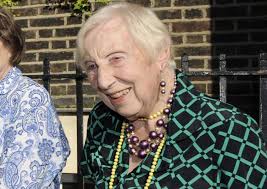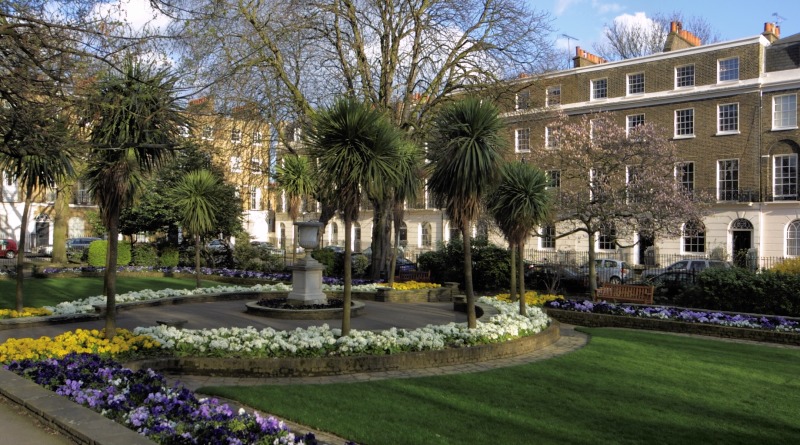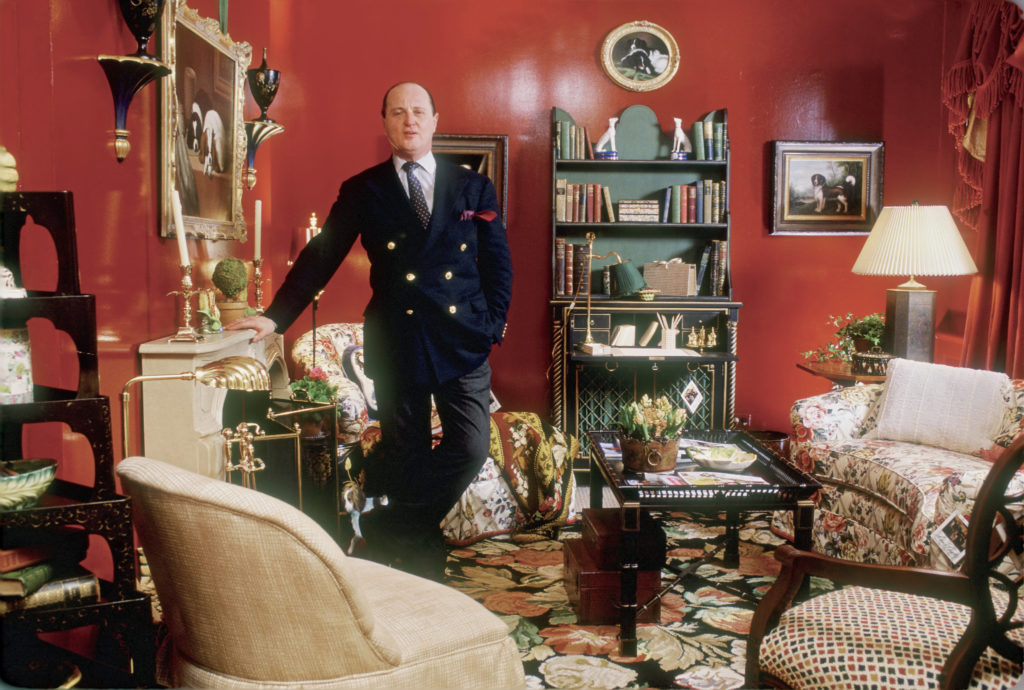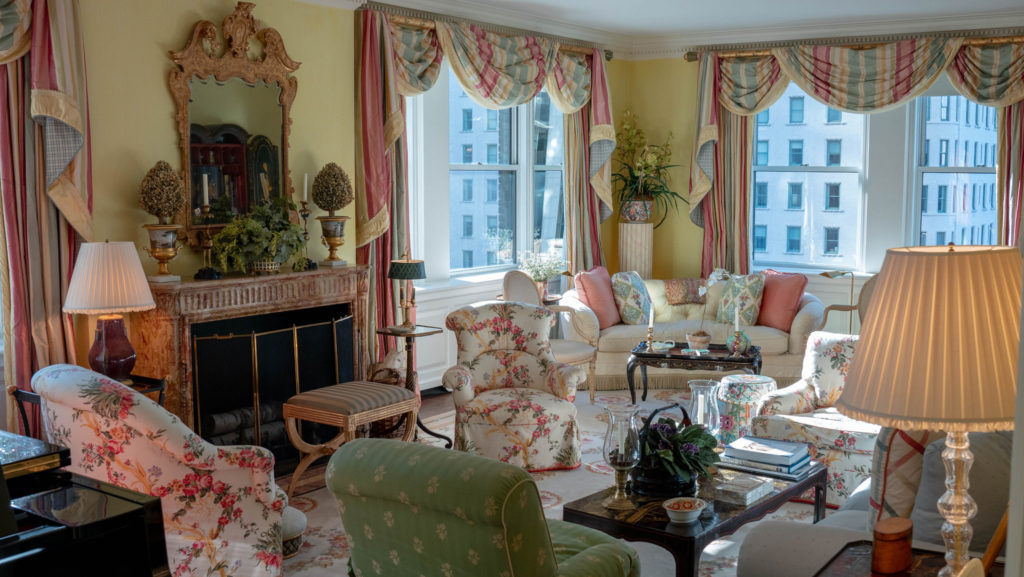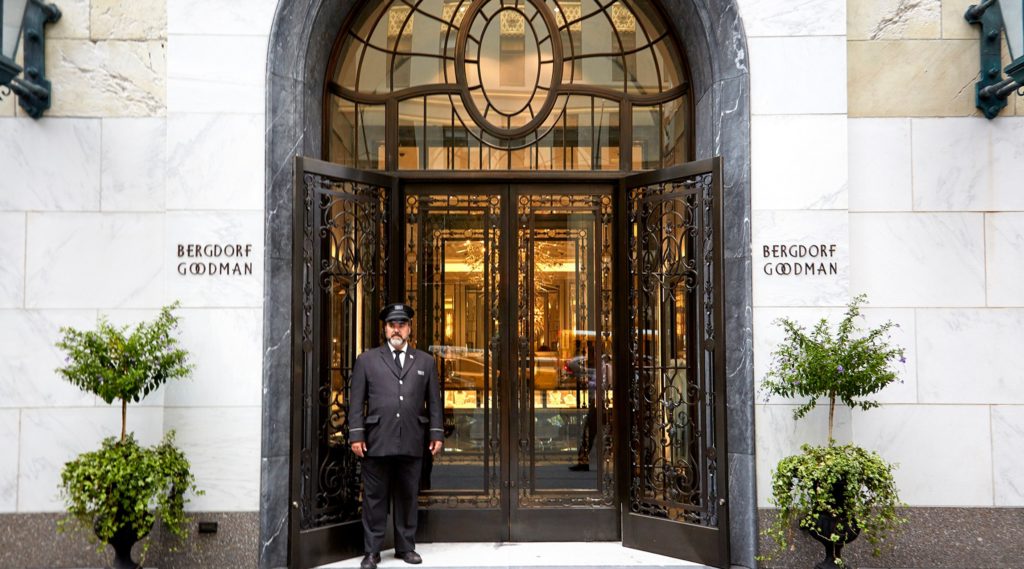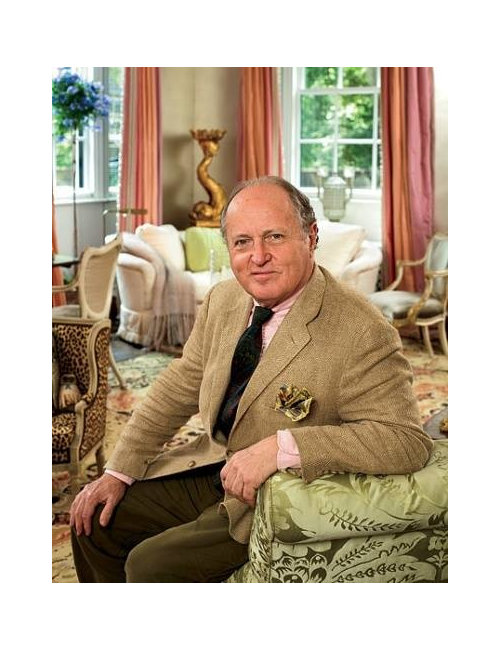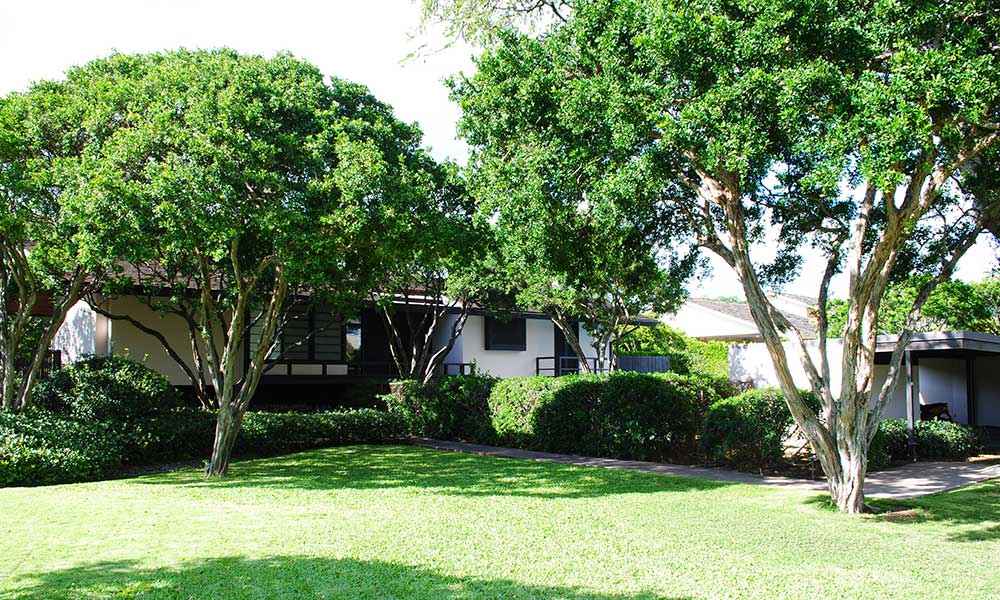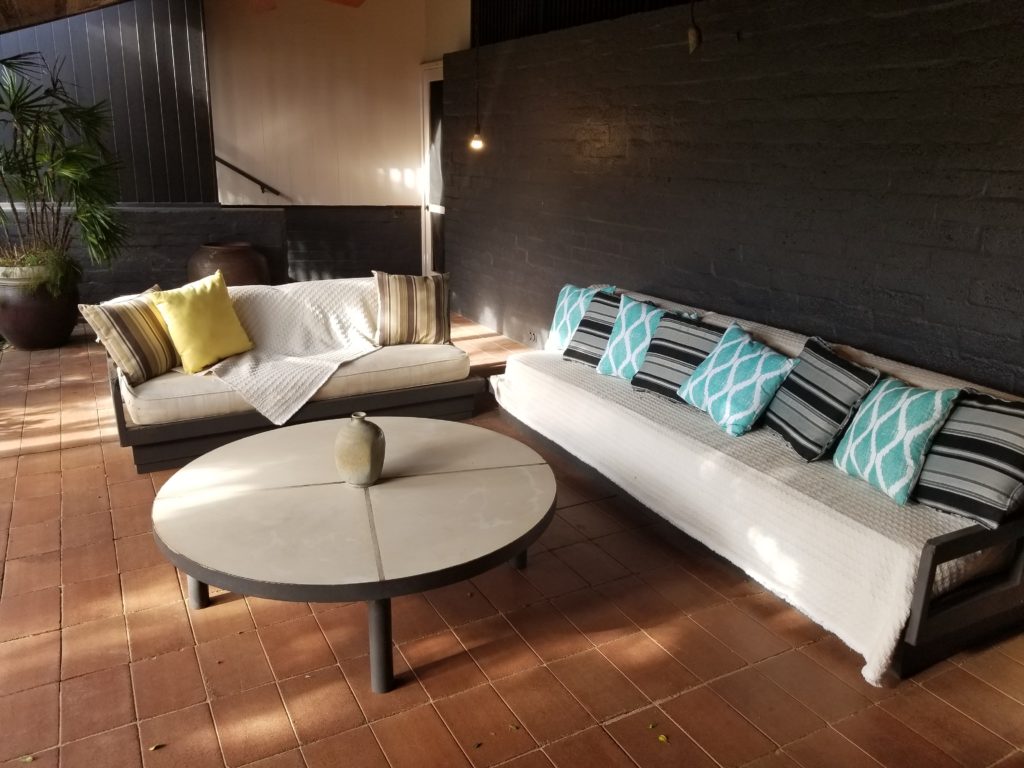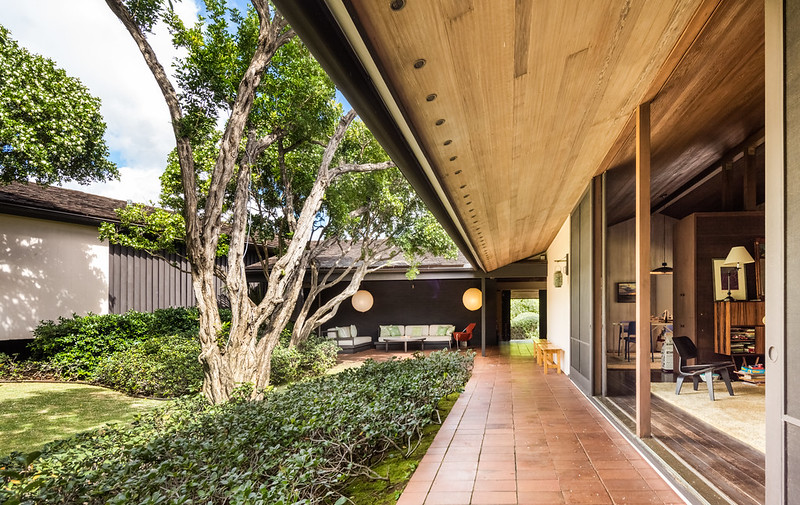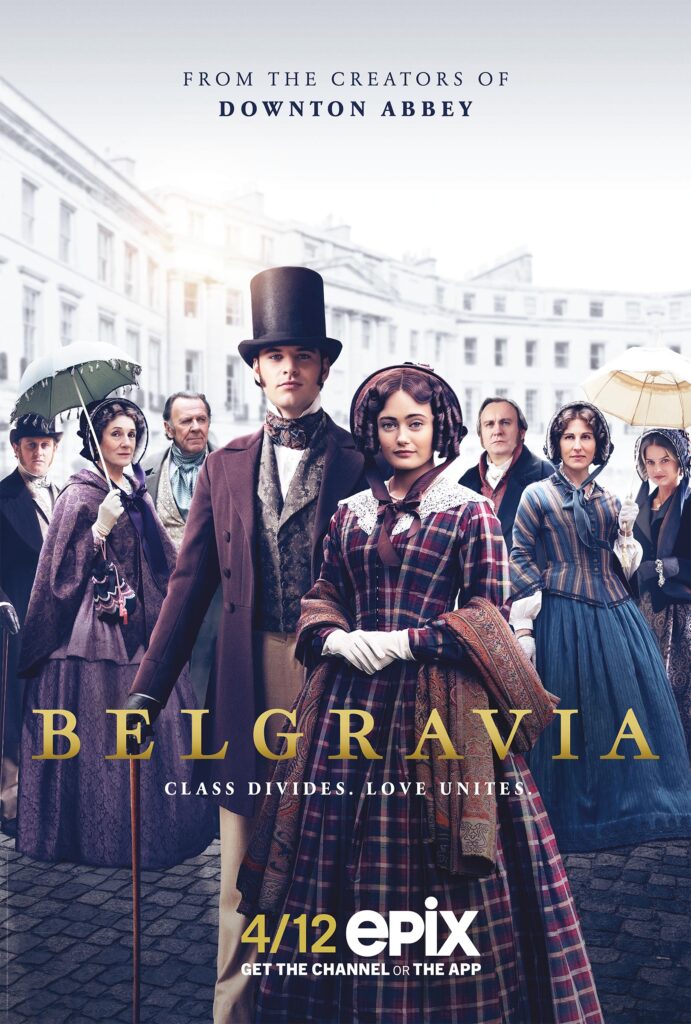
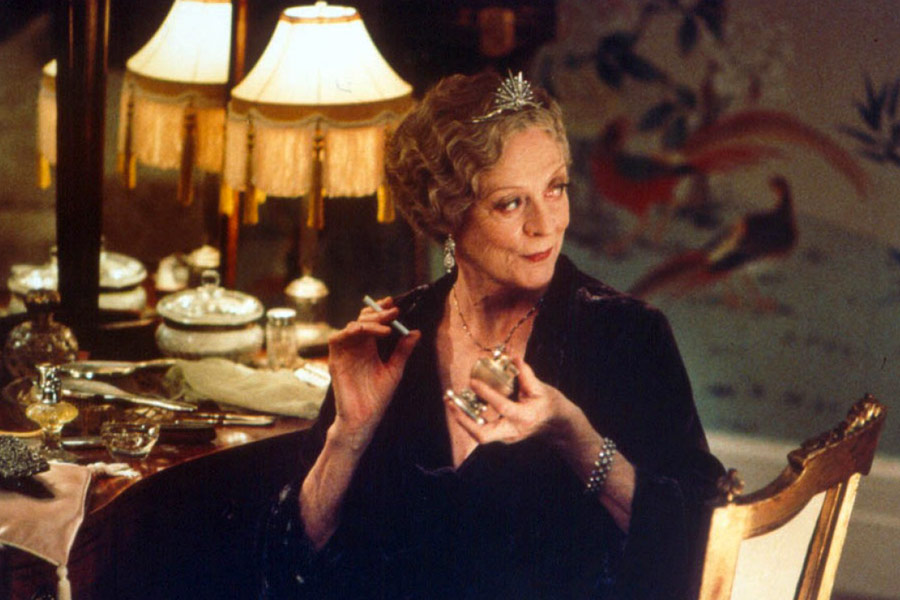
Let me start by saying that I’m a big Julian Fellowes fan, first becoming aware watching his writing credit go by on that proto ‘Downton Abbey’ opus, the movie ‘Gosford Park.’ The characters in ‘Gosford…’ were well-drawn, and with the likes of Michael Gambon and Maggie Smith and Eileen Atkins and Helen Mirren in the cast, it goes without saying the parts were well acted. Upstairs and downstairs, the characters played their roles with an unction that is probably equal measure skill in writing, skill in Robert Altman’s direction, and also vestigial notions still operative in the players themselves of what the centuries old British class system was, and perhaps to a great extent still is.
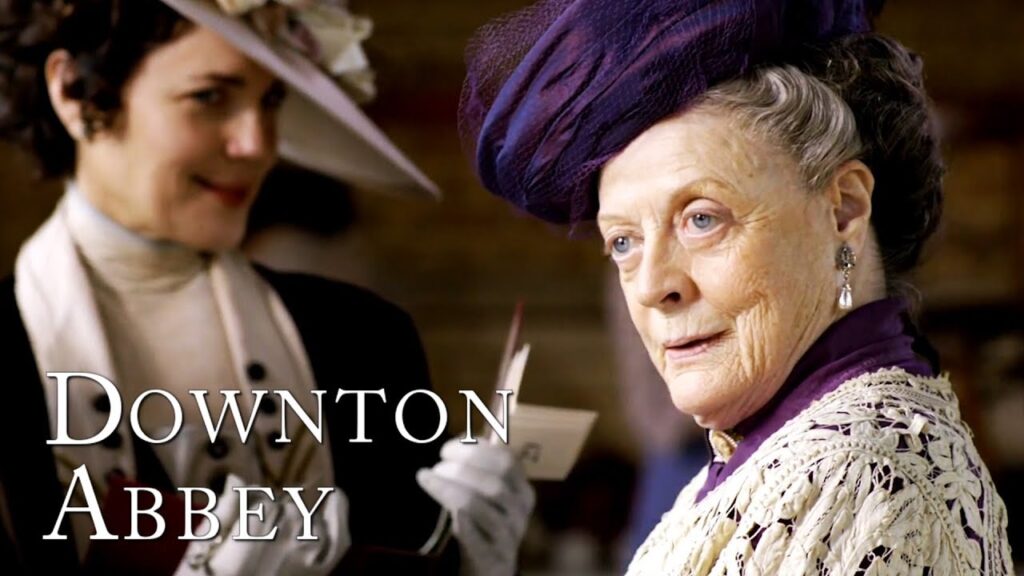
‘Downton Abbey’ was certainly teed-up by the success of ‘Gosford Park’ and the longevity of the series is proof that the story and the characters were beloved by very many. Unfortunately, the movie ‘Downton Abbey’ was not precisely a bomb, but certainly a disappointment. In simple terms, it seemed as though the format for the one hour episodes was stretched to two hours, but without a compensating increase in the wealth of incident that each week made the broadcast version compelling watching.
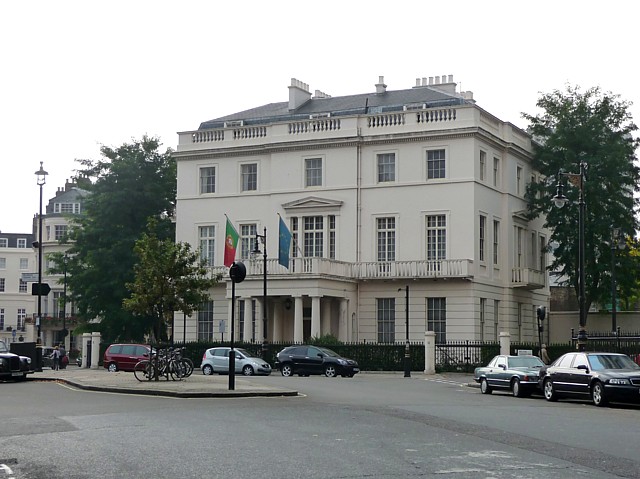
One would have assumed that ‘Belgravia’, from Fellowes’ novel of the same name, as it too was of an episodic format would have made compelling viewing. I should have known better. I’d read the book when it came out a few years ago, and it was- wait for it- a bore. I think I know what Fellowes was trying to communicate- the incipient and rough social confluence that occurred in the first half of the 19th century between the established aristocracy- in the form of the Bellasis family- and an up and coming bourgeoisie, with the Trenchard family as representative. Belgravia, as the predominant mis en scene, is as a portion of the built environment a new town built by a ‘new’, or should I say ‘parvenu’, man in the person of James Trenchard, but the grand scale of the houses and their proximity to Buckingham Palace naturally made Belgravia a desirable address for a London base for aristos. And, it must be said, a cheaper place to live. Although houses hugely opulent in scale and decoration, even so they were significantly less grand than those palatial establishments of an earlier day inhabited by the nobility when they came to town. Few of the earlier type survive, save the exquisite Spencer House fronting Green Park- though the Spencer family hasn’t maintained it as a residence for a century.
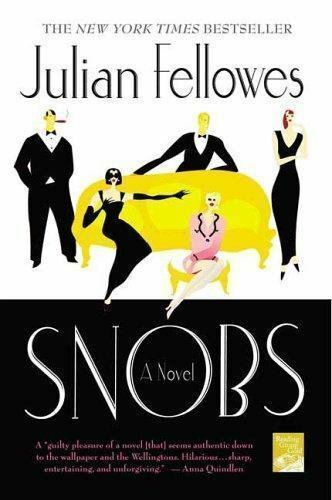
As I say, I know where Fellowes was coming from and where the story was destined to go, as he’s gone there often before. His book ‘Snobs’ was an examination of the current plight of the aristocrat, whose traditions of gracious living with the passing of years, and the declines in fortune, have had to be abandoned, but still exist in an uppercrust attitude of looking down one’s nose at those considered social climbers- or as one aristocrat might say with disdain to another, not people like us. ‘Gosford Park’ and ‘Downton Abbey’ were both shows of what an aristocrat faced in a world that had changed radically in the early years of the last century, with the ranks of its young lords decimated by the Great War, and the compounding effect of ruinous death duties imposed on the great estates to pay for the war. The extension of the franchise brought Labour for the first time to power and the Labour PM David Lloyd George found he had a popular mandate to alter the established order, which alteration those of title were no longer sufficiently influential to resist.
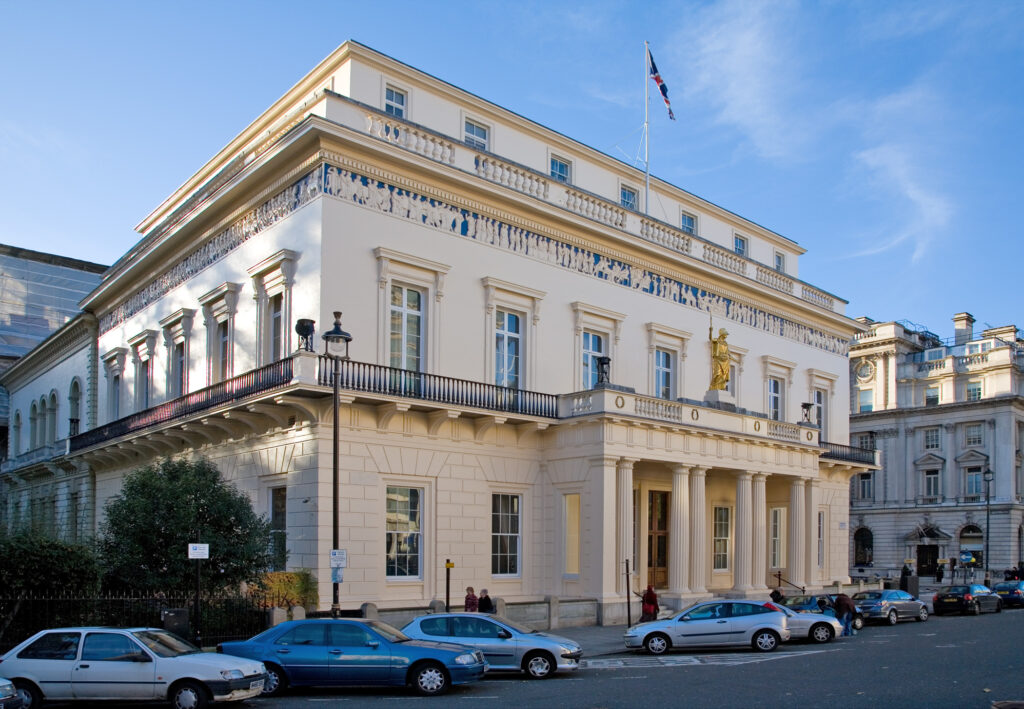
‘Belgravia’ then seeks to take us back to what might be considered an inflection point marking the inexorable rise of new men, which rise could no longer be ignored. The aristocracy still very much in control, but with fortunes being made by those with daring and ability, and as money makes the mill turn, even the likes of James Trenchard is admitted, reluctantly, into the drawing rooms of his betters, and even gaining a membership to the Athenaeum. He does of course have to be chided on his initial visit to not conduct business within the club’s precincts- that is not what gentlemen do. And still don’t, truth be told. Fortunes are made in the City of London, and though City types are fond of opulent display, that display is yet considered in contemporary England the height of gaucherie.
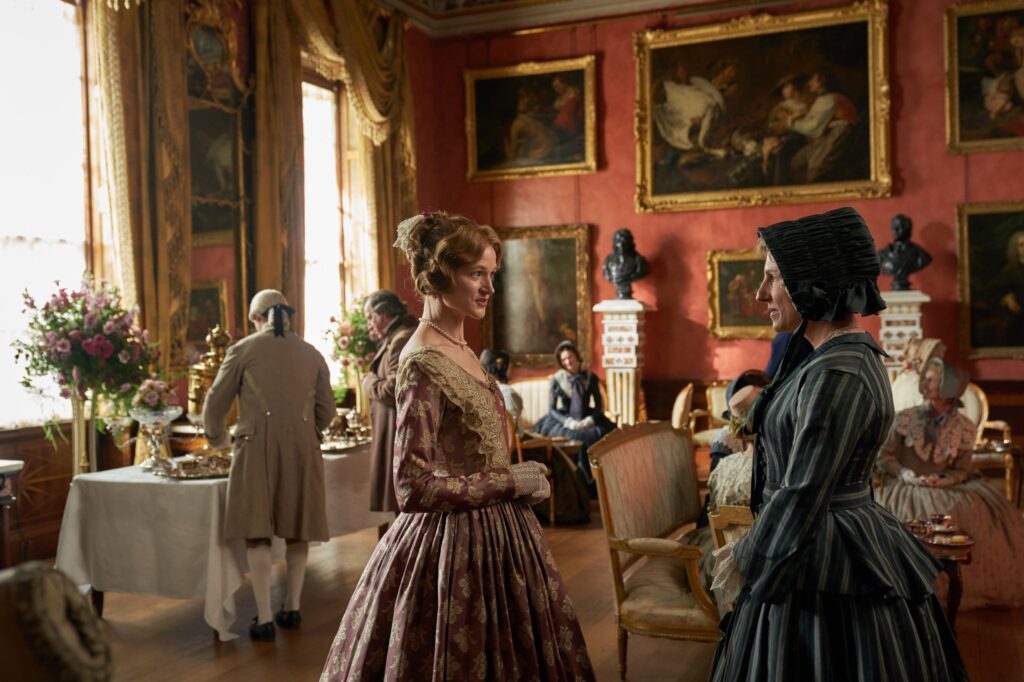
But what of ‘Belgravia’? The signature Fellowes elements were all there- grand settings, beautiful clothes for the ladies of quality, and a storyline that defines tension between the upper and middle classes. But the story itself is a dull one, with a painfully slow lead-in to a conclusion that one can see from a mile off. Tension and conflict, yes, but in an amount sufficient for a two-hour show, but much diluted when extended to 6. And not gritty enough- this was a terrifically dirty age, with streets even in Belgravia filled with horse droppings and other loathsome detritus, mills belching smoke, and ragged workmen of all ages and both sexes, including very young children. A glaring example, with several scenes inside a cloth mill that should have had clouds of brown dust, and yet not a speck of dust is to be seen. So I suppose that’s what was missing- a grittiness in the story, in the performances, and in the settings. On several occasions I fell asleep while watching, but what I can say is it did not, sad to say, interrupt my slumber

